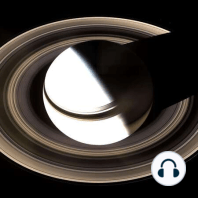74 min listen

Colliding Neutron Stars, Gravity Waves, and the Origin of the Heavy Elements
Colliding Neutron Stars, Gravity Waves, and the Origin of the Heavy Elements
ratings:
Length:
81 minutes
Released:
Aug 22, 2022
Format:
Podcast episode
Description
with Prof. Eliot Quataert (University of California, Berkeley)In the previous decade, one third of the world's astronomers became involved in a single project -- observing a distant and violent event, when two "star corpses" called neutron stars collided and exploded. This represented the first time in the history of astronomy that a cosmic event was observed with both gravity waves (first predicted by Einstein) and light. We now call this event the birth of "multi-messenger astronomy." Dr. Quataert gives a non-technical history of how we are now able to find gravity waves, what happens during such a merger, and why we now believe that much of the gold, platinum, uranium and other heavy elements in the universe is assembled in such "star corpse" mergers. Recorded Jan. 24, 2018.
Released:
Aug 22, 2022
Format:
Podcast episode
Titles in the series (45)
Will the 21st Century be the Time we Discover Life Beyond Earth (with Dr. Jill Tarter) by Silicon Valley Astronomy Lectures